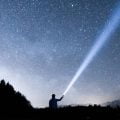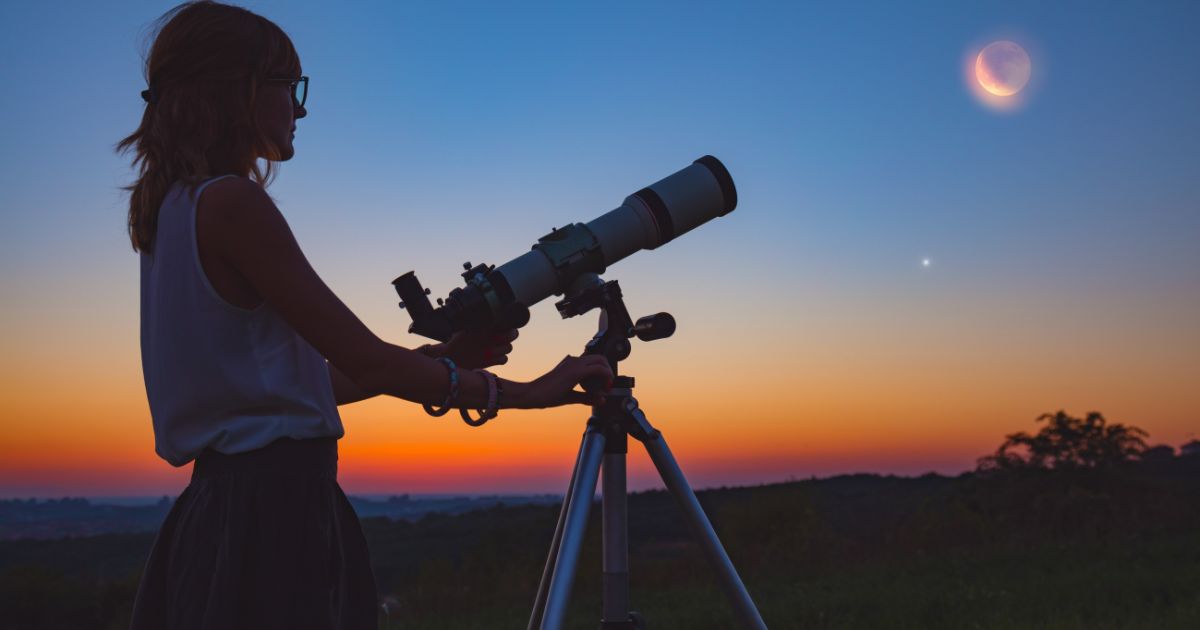The month opens and closes with a full moon. During the first and last weeks of the month, we should concentrate on observing the brighter objects. Mars and Mercury are getting closer in the evening sky reaching their closest approach to each other on August 12, at about 4 ¾ degrees apart, easily seen in binoculars.
Around this date, we also have one of the best meteor showers of the year — the Perseids. This is a good year to observe these meteors because it occurs close to the new moon that would otherwise overwhelm the fainter meteors.
Late summer evenings that follow warm humid days can lead to heavy dew as the air cools through the late evening. Try to keep your binoculars dry by covering them when not in use.
NOTEABLE DATES:
Aug 1 (Tue) Full Moon
Aug 2 (Wed) Moon at Perigee
Aug 10 (Thu) Mercury at eastern elongation in evening
Aug 11 (Fri) Sun enters Leo
Aug 12 (Sat) Perseid Meteor Shower
Aug 16 (Wed) New Moon, Moon at Apogee
Aug 27 (Sun) Saturn at Opposition
Aug 30 (Wed) Moon at Perigee
Aug 31 (Thu) Full Moon




One of Canada’s foremost writers and educators on astronomical topics, the Almanac has benefited from Robert’s expertise since its inception. Robert is passionate about reducing light pollution and promoting science literacy. He has been an astronomy instructor for our astronauts and he ensures that our section on sunrise and sunset, stargazing, and celestial events is so detailed and extensive it is almost like its own almanac.












